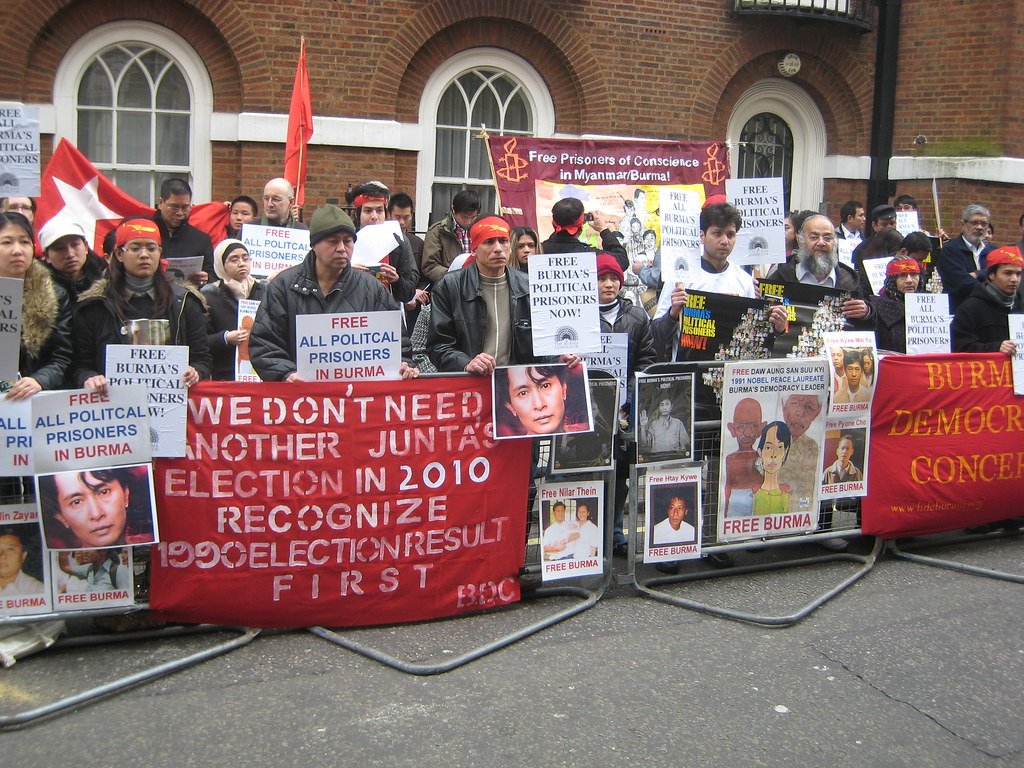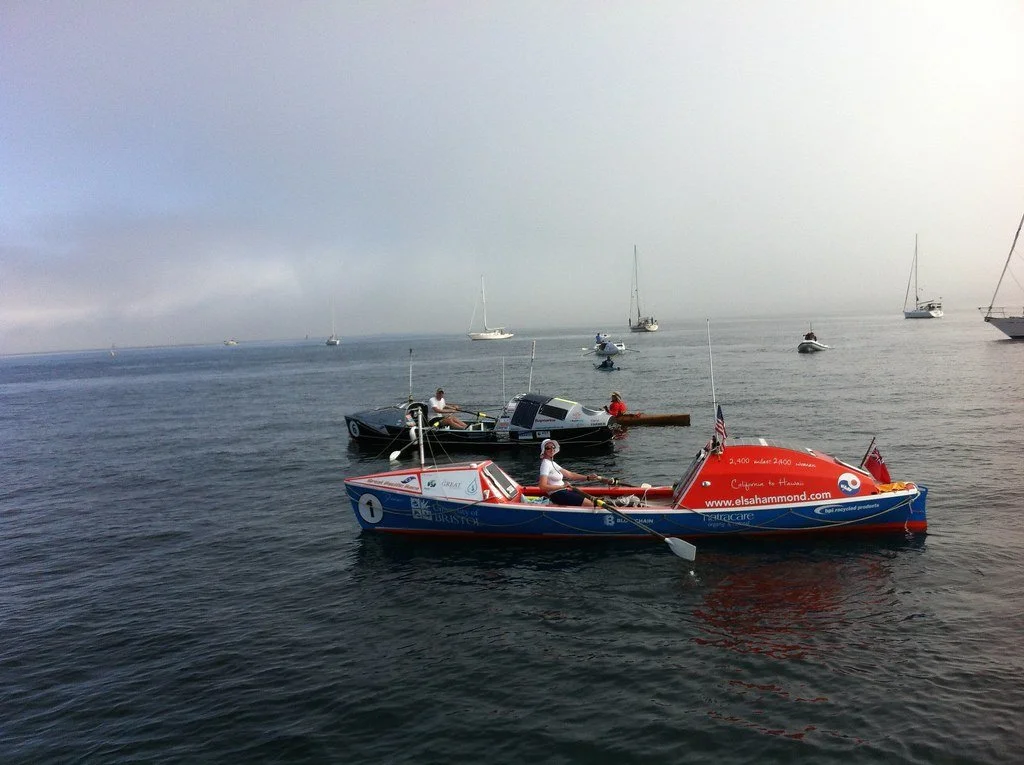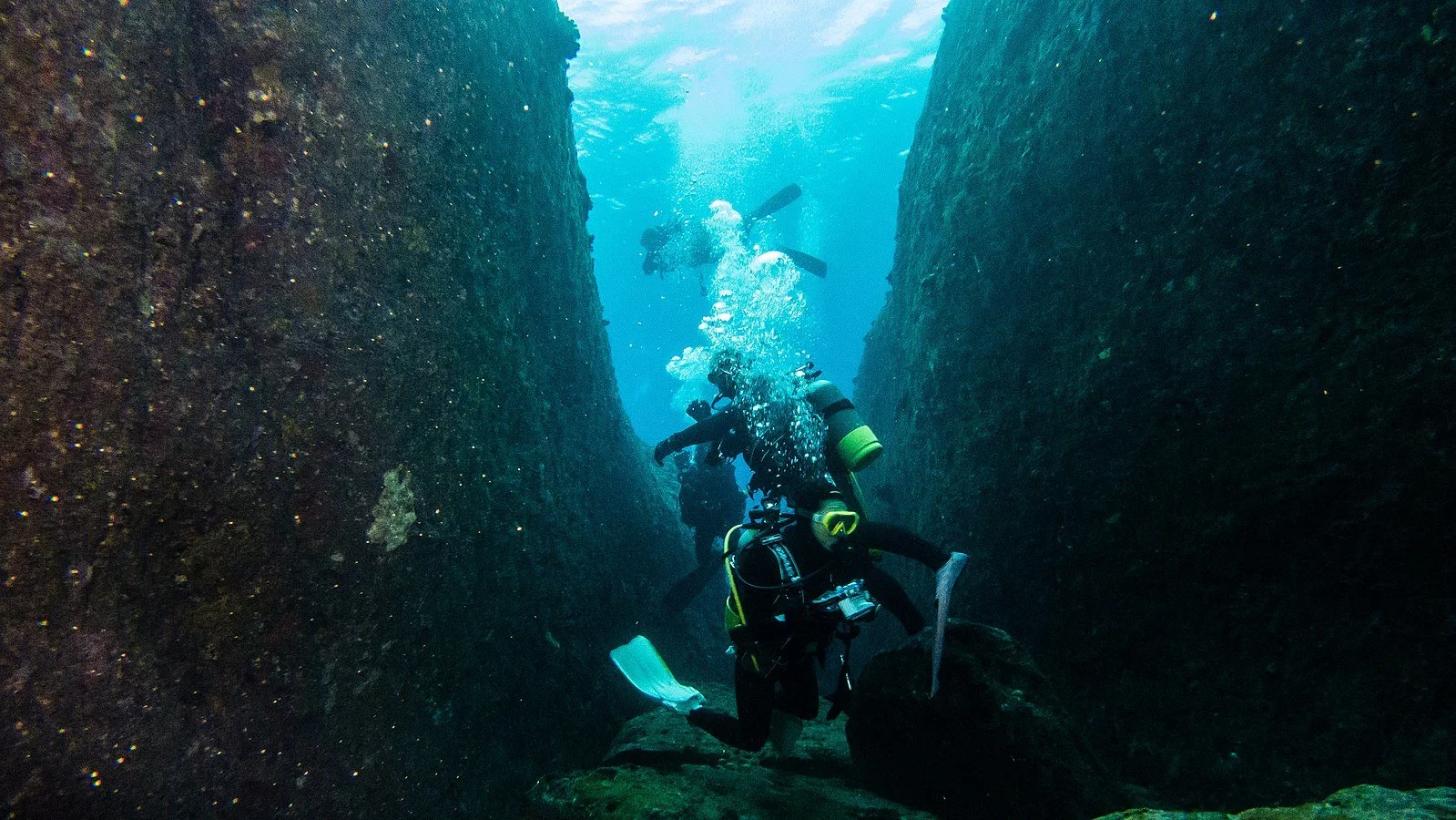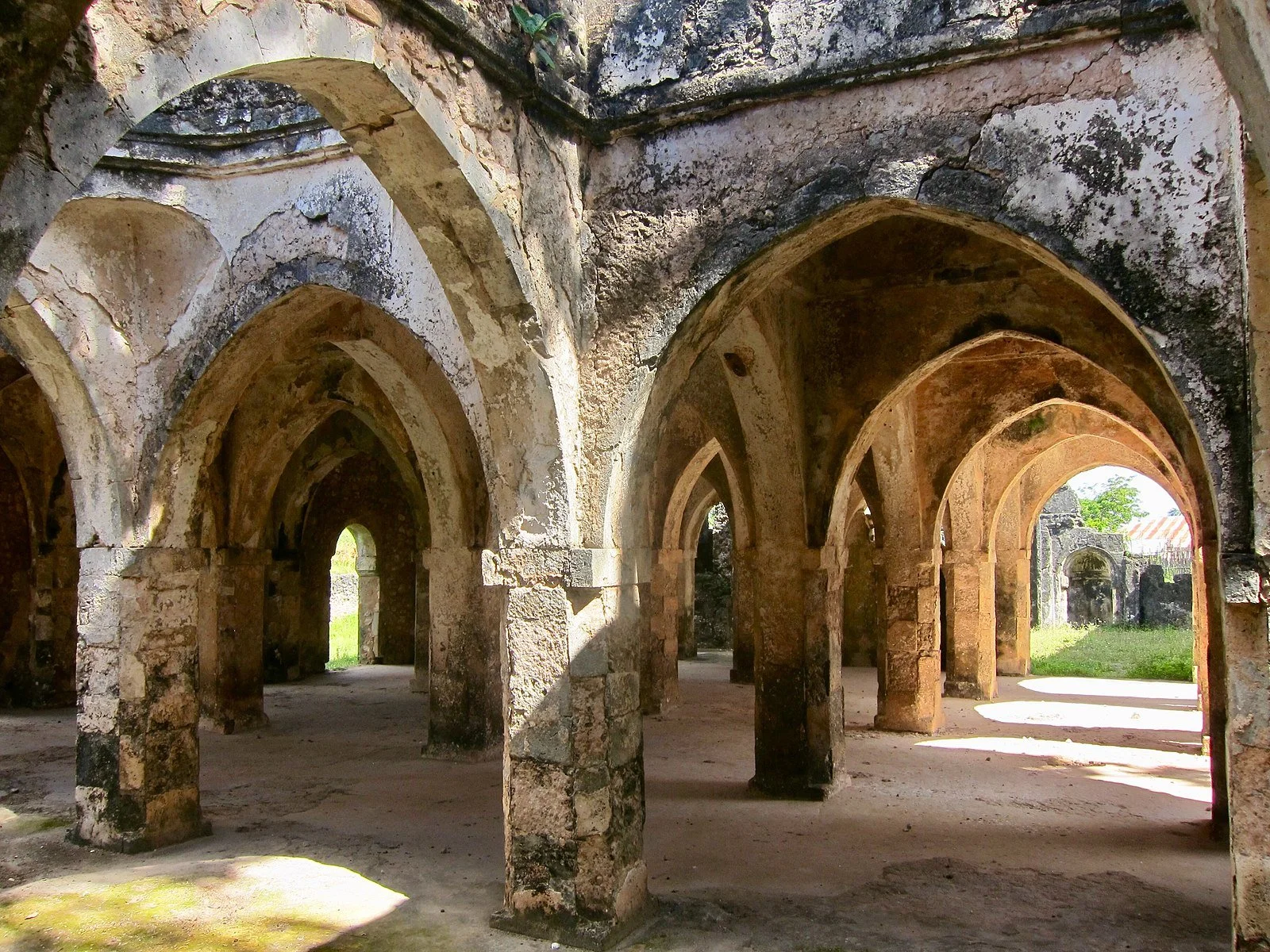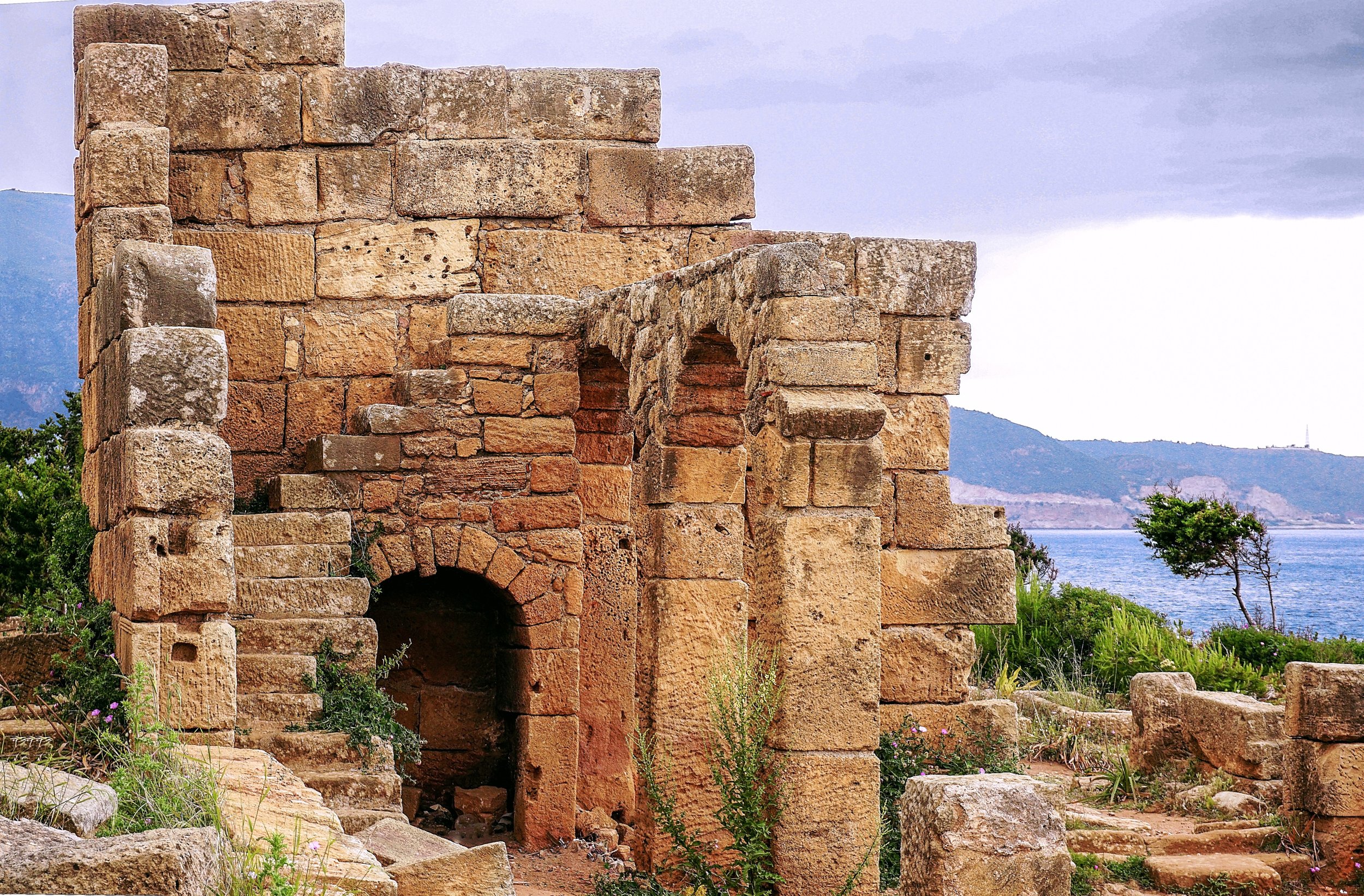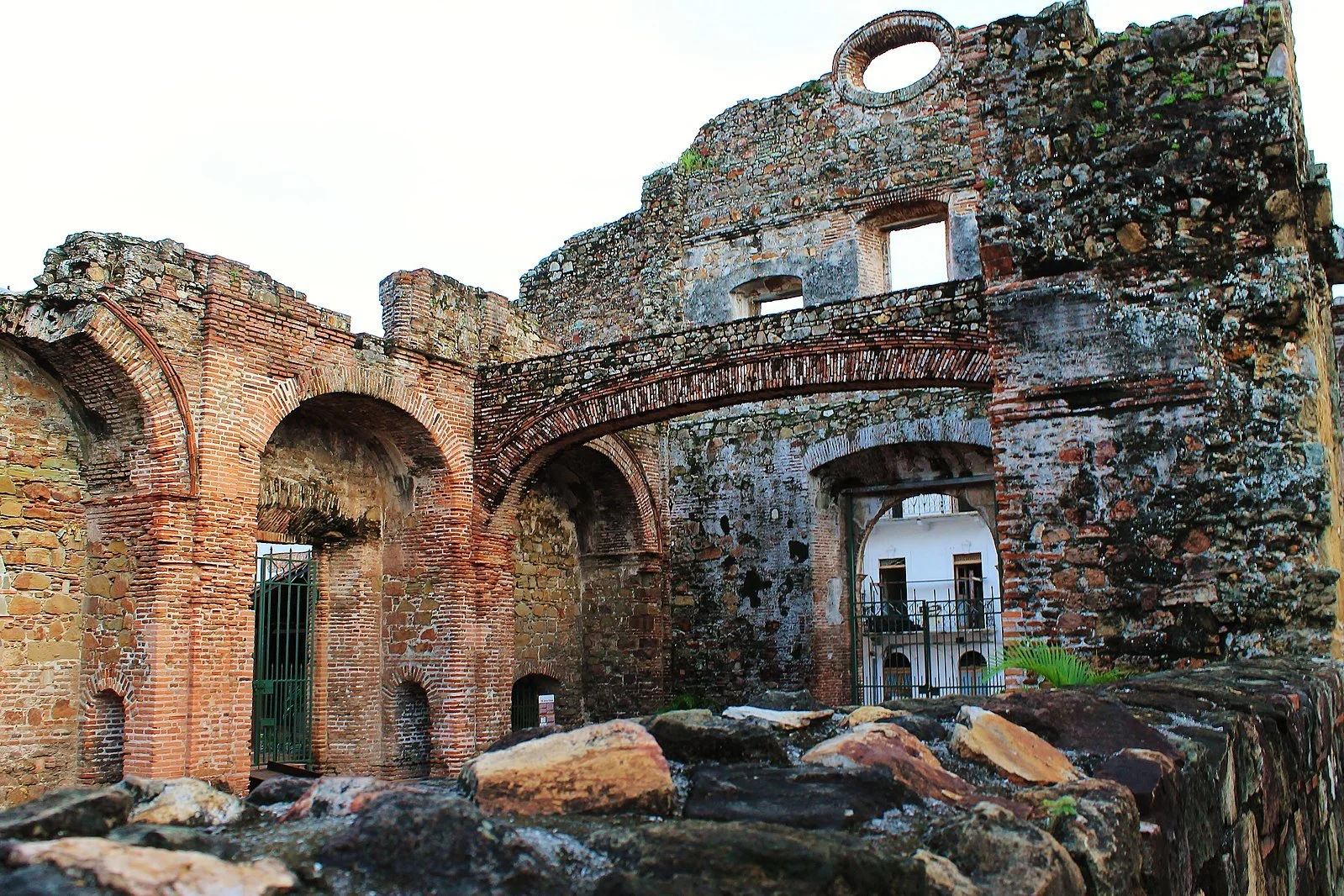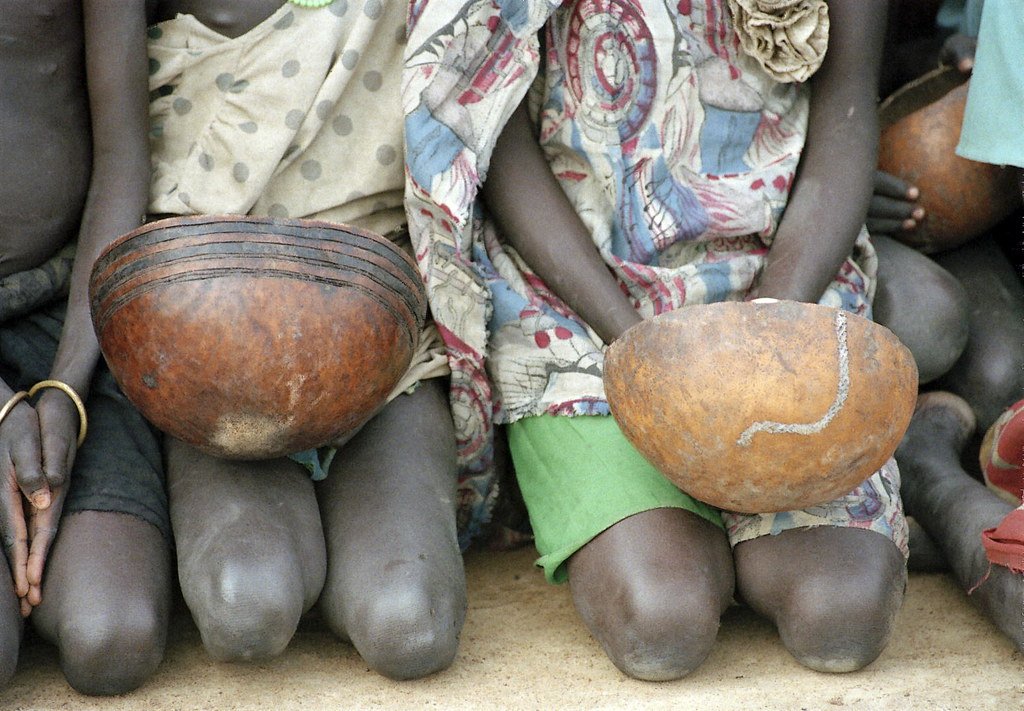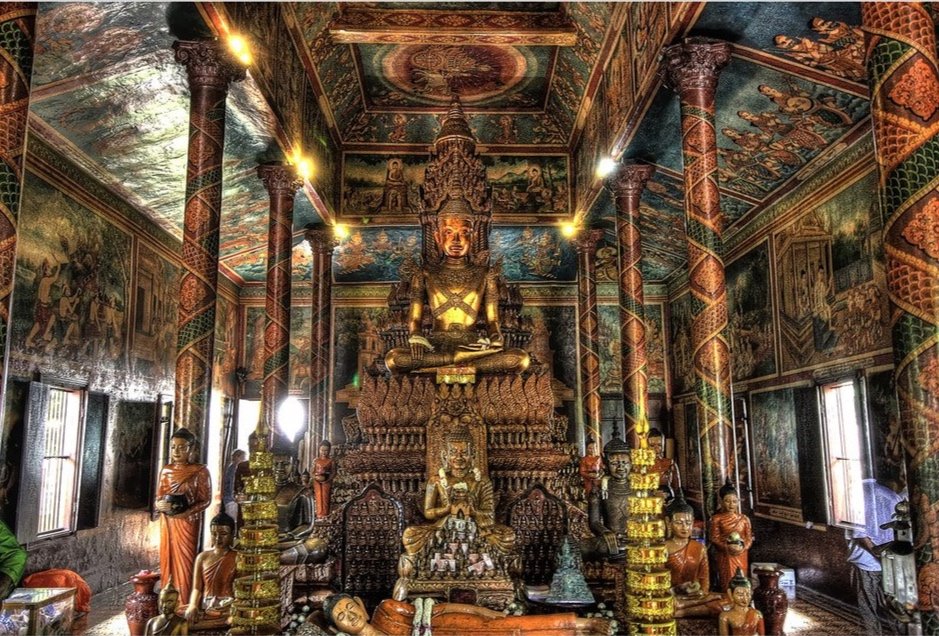Self made compost can take time to make, but it can easily lower someone’s carbon footprint.
Compost Pile. Lindsay. CC BY 2.0
Food waste is a major component of global warming, with all the methane that food produces in landfills when it rots. However, even if someone can’t finish all their food and have a little bit left, they can still lessen their food waste and overall carbon footprint in various ways like home composting. Since around ⅓ of the food produced in the entire world is wasted, composting organic waste can reduce roughly half of greenhouse gasses equivalent to carbon dioxide between 2020 to 2050. Composting is a process of turning organic waste into soil or mulch, and the compost that comes from it is nutrient rich and good for plants, so by composting, people can reduce their food waste and help plants grow.
For composting at home, there are multiple things to keep in mind before starting. The first is that composting is going to take a lot of time, with anywhere between six weeks to an entire year depending on the method, and how much effort is being put into making the compost. The second is that there are two types of items to compost, “green” and “brown” items. Green means the food scraps, grass clippings, coffee grounds and tea leaves that are full of nitrogen, while brown ones are the carbon-rich items, like cardboard, egg cartons, dried leaves and wood shavings. Since the green items tend to be “wetter”’ and the brown ones more “dries”, an equal mix is good, though some say it is better to have a 1:3 green to brown ratio. As long as the pieces in the mix aren’t extremely large, and there is good moisture and access to air and oxygen, the pile will decompose into compost. Turning the mix every few days will help bring in more oxygen to help the process and control the odor. The oxygen is especially important because without it, the food will still compost but in an anaerobic way, which will produce a gas that is half methane and half carbon dioxide. Methane traps radiation much better than carbon dioxide, so it contributes to global warming 25 times more per pound.
Fruit on Compost Pile. Allispossible. CC BY 2.0
There are multiple methods of composting at home, but the fastest way is to simply get a home composting bin. There are many composting bins available for sale, but it is also possible to make a homemade one. With a compost bin, all that is required is to place the waste inside and let it decompose at a faster rate than leaving it outside. Some bins will continuously compost materials, while others will make batches of it.
Though using a bin is the easiest method, it is possible to do home composting without one. It is a little slower since the heat isn’t contained, but it works just as well. Trench composting is a technique that involves digging a hole roughly a foot wide and deep, then filling it halfway with kitchen scraps and other organic food waste inside before covering it up. Creating a heap and layering the materials in it also works, though it is better with some space as it may attract flies as the food rots. But, it has access to air, and needs access to water, and within a few months, the compost pile will be ready. To speed up the process, it is possible to use worms or other accelerators.
Composting is a popular method around the world, especially among European countries. Germany has a high recycling and composting rate, sustainably getting rid of 65% of their waste as of 2019. Austria, Slovenia, Belgium and Taiwan also have recycling and composting rates higher than 50%. South Korea, however, recycles around 95% of its food waste by turning it into compost, animal feed, or biofuel. Their laws against sending food waste to landfills and having biodegradable food scrap bags that could be composted and compost bins for people to use have greatly added to this, as well as some places that track food waste per household and charge them for it.
To Get Involved
Many communities have composting programs that aim to advertise the benefits of composting and will help people do it. Even in large cities where people live in apartments and don’t have a backyard to compost in, there are organizations that will take in food waste and compost it for people. In New York City, the Department of Sanitation (DSNY) has multiple programs just like this, focused on composting, educating, and waste management. CompostNow is an organization that has community gardens and programs in multiple locations that will take in food waste to be composted. Ecoscraps is another company that collects food waste, recycles it, and then sells the resulting compost. Their compost is available all over the country in stores like Home Depot and Walmart.
To find out more about the DSNY, click here.
To find out more about CompostNow, click here.
To find out more about Ecoscraps, click here.
Katherine Lim
Katherine Lim is an undergraduate student at Vassar College studying English literature and Italian. She loves both reading and writing, and she hopes to pursue both in the future. With a passion for travel and nature, she wants to experience more of the world and everything it has to offer.




